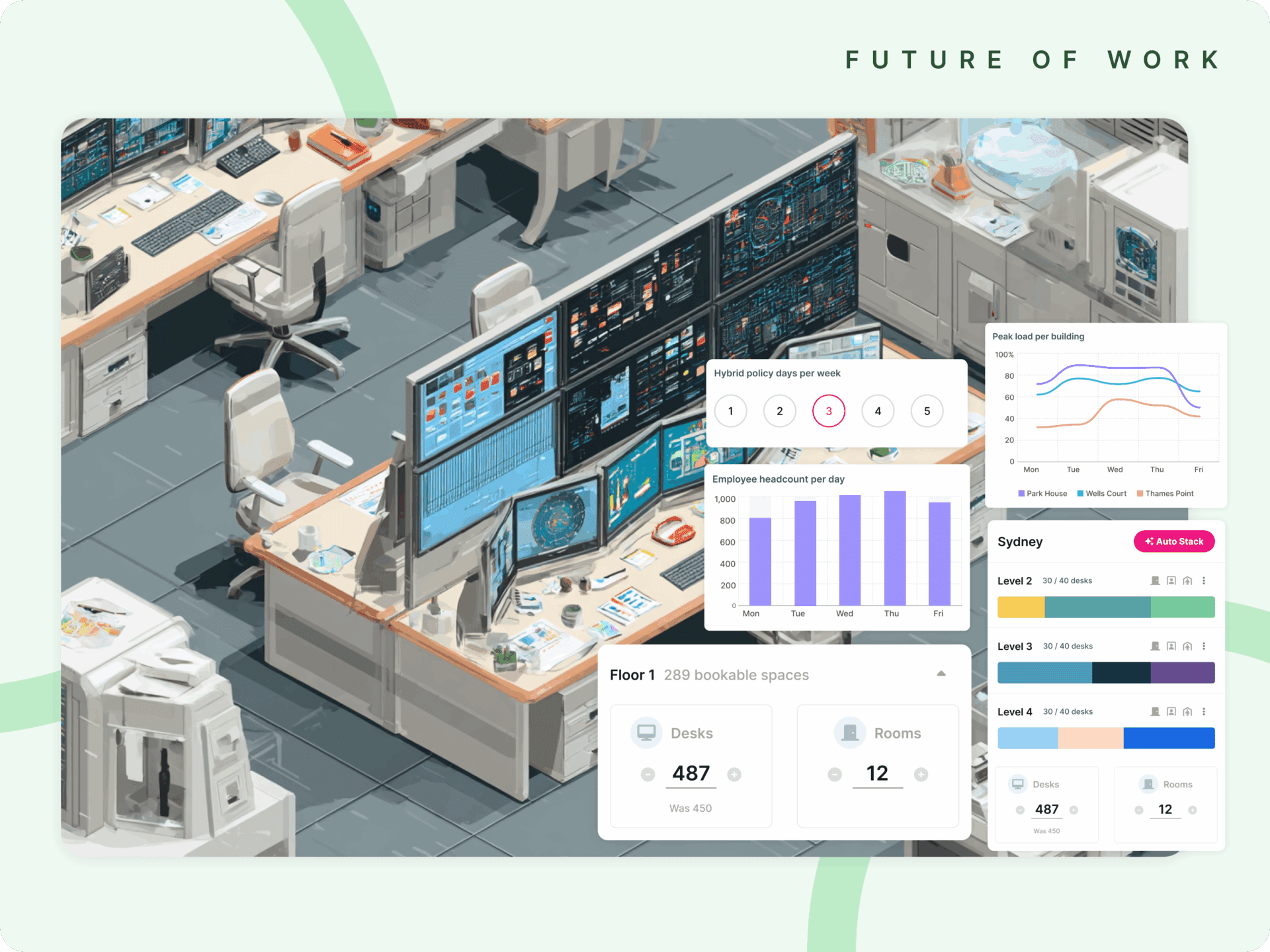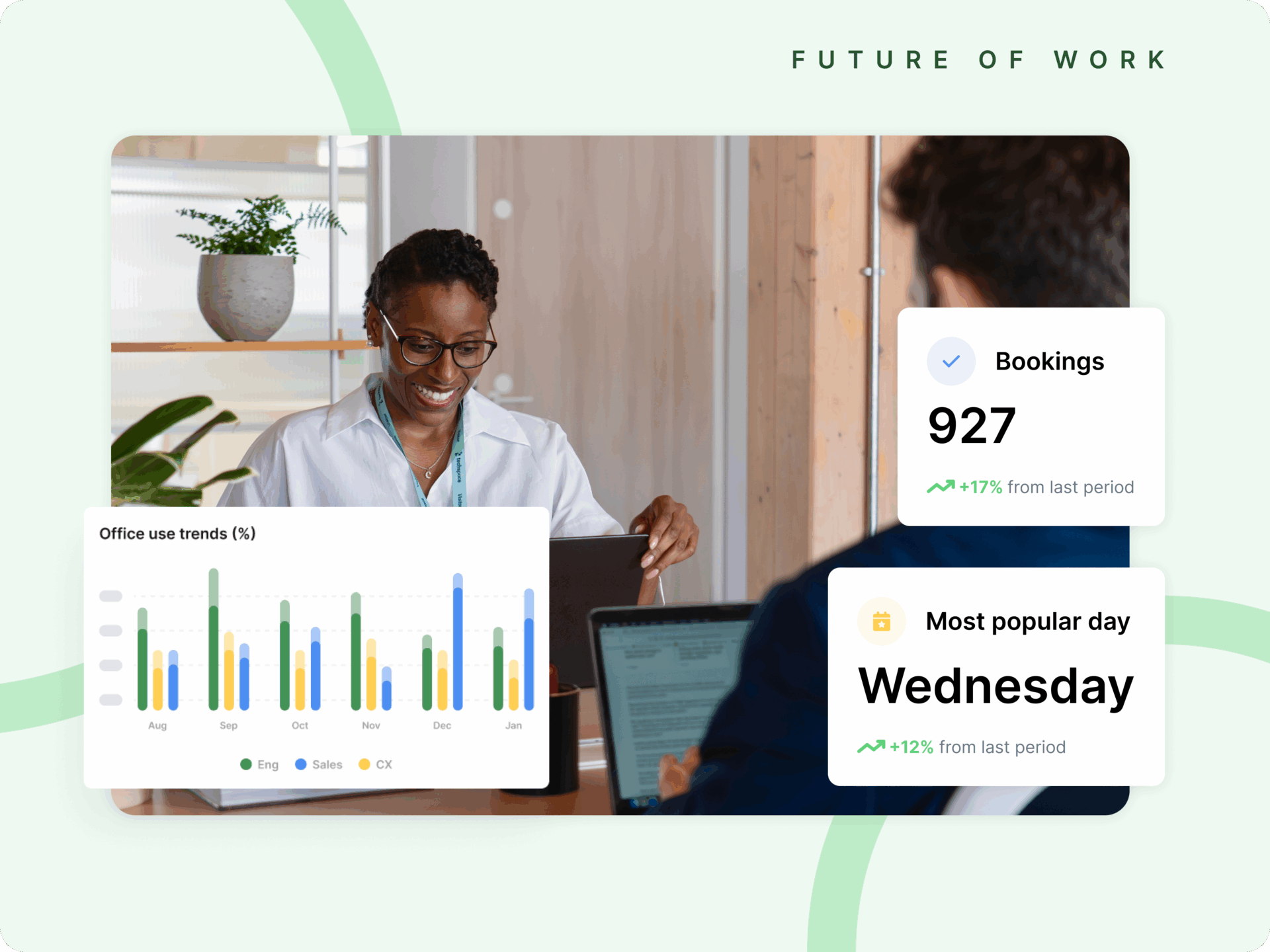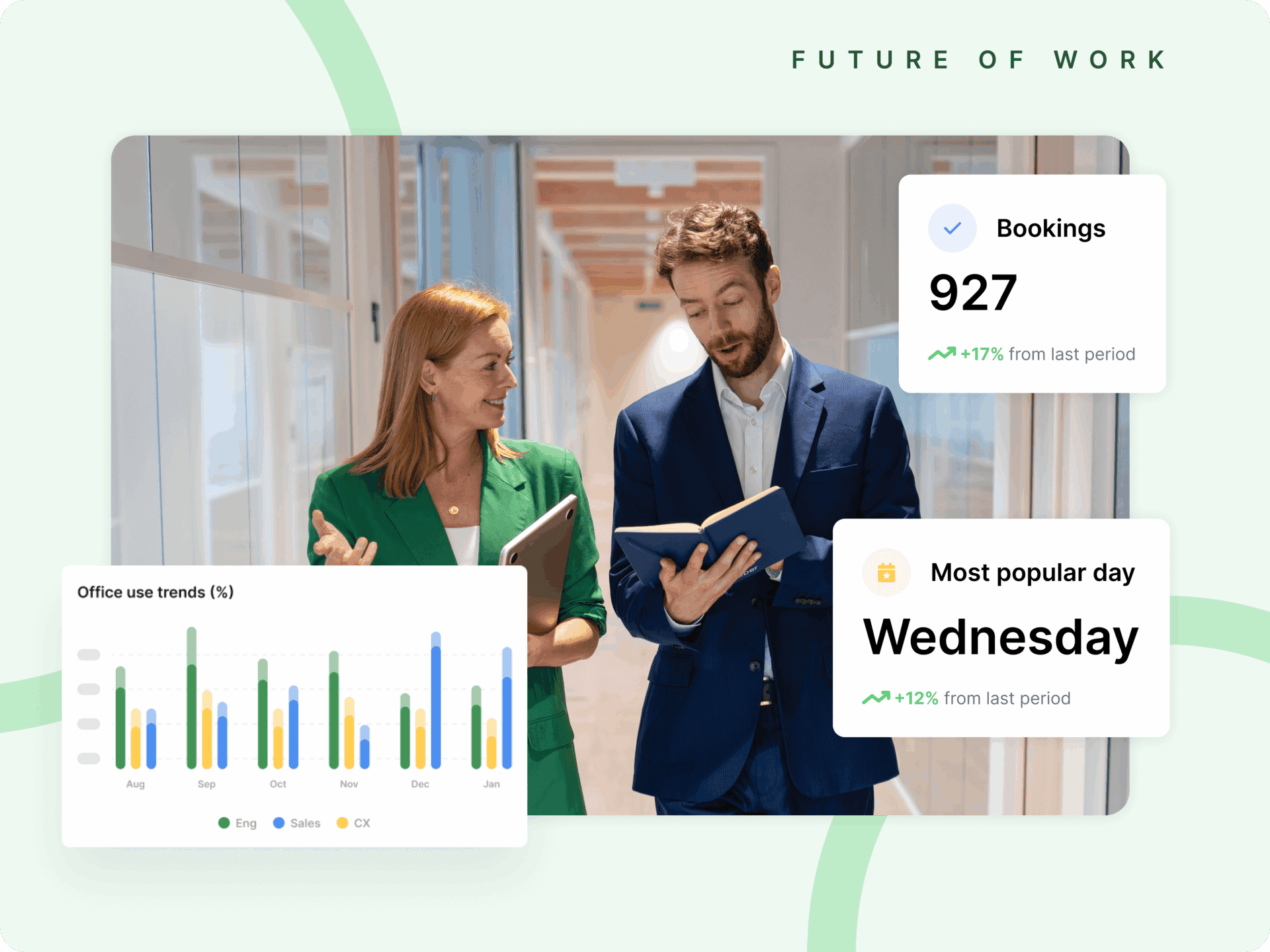The world of commercial real estate is in overdrive, with change happening at a breakneck pace. Tenants expect more, technology is reshaping how buildings run, and the game is shifting from simply managing properties to creating experiences. At the heart of this transformation is Building Operations & Experience (BOE). Let’s break it down: BOE is about bringing together building operations, workplace experience, and property management to create spaces that aren’t just functional but also engaging and efficient.
What is BOE, Really?
Think of BOE as a big upgrade from traditional building management. It’s not just about keeping the lights on and the elevators running—it’s about making buildings work better for the people in them. This includes everyone: tenants, employees, visitors, and even the folks managing the property. BOE is a more human-focused way of looking at buildings, aiming to create places where people want to be, not just need to be.
CBRE, a giant in the commercial real estate world, is one company that’s gone all in on BOE. They didn’t just stop at managing properties; they acquired Industrious, a flexible workplace provider, to kickstart an entirely new BOE-focused business. It’s a smart move that shows how serious they are about reshaping the tenant experience.
And it’s not their first step in this direction. Back in 2020, CBRE had already invested in Industrious, holding a 40% equity stake and a $100 million convertible note. Now, they’re taking things further. By combining Industrious with their existing services—like facilities management and property management—they’re creating a one-stop solution for everything from offices to data centers to warehouses. Think global, scalable, and tenant-centric.

What Makes BOE Tick?
BOE blends three core elements into one seamless approach:
- Property Management: The nuts and bolts of managing a building, like leases, rent collection, and tenant relations.
- Building Operations: Keeping systems like HVAC, lighting, and security running smoothly and efficiently.
- Workplace Experience: Designing workspaces, adding amenities, and integrating technology to make the tenant and employee experience top-notch.
By bringing these together, BOE helps buildings perform better, keeps tenants happy, and adds value for property owners.
Why Companies Are Adopting BOE
The concept of BOE is still gaining traction, but the benefits are clear:
- Happy Tenants: A focus on tenant experience means better retention and new tenants knocking at your door.
- Better Building Performance: Integrating operations with experience can cut energy costs, streamline operations, and boost efficiency.
- Higher Property Value: Happy tenants and efficient buildings mean higher asset value.
- Competitive Edge: In a crowded market, BOE sets properties apart by delivering an exceptional experience.
The Tech Behind BOE
Technology is what makes BOE possible. Here’s how:
- Building Management Systems (BMS): These advanced systems let you monitor and control building operations in real-time, optimizing energy use and spotting issues before they escalate.
- IoT Devices: Sensors collect data on everything from temperature to occupancy, helping personalize spaces and improve efficiency. Imagine a building that adjusts lighting and temperature to match your preferences as you move through it.
- Tenant Engagement Platforms: Mobile apps connect tenants to building amenities, services, and each other, fostering a sense of community and making it easier to give feedback.
- Data Analytics: Analyzing data from multiple sources helps predict trends, optimize operations, and make smarter decisions.
Challenges to Watch Out For
Of course, BOE isn’t without its hurdles:
- Data Security: Collecting all this data means keeping it safe is a top priority. With vast amounts of sensitive information being collected—from tenant preferences to operational data—ensuring robust cybersecurity measures is essential. Companies must invest in encryption, firewalls, and other tools to keep systems secure while staying compliant with data privacy regulations.
- Skilled Workforce: Running BOE systems requires tech-savvy people who know their stuff. This means hiring or upskilling employees who can handle complex systems like IoT devices, analytics platforms, and smart building technologies. Finding and retaining these skilled professionals can be a challenge in today’s competitive job market.
- Upfront Costs: Investing in the tech and infrastructure for BOE can be pricey. From installing IoT sensors and upgrading HVAC systems to integrating advanced software platforms, these expenses can add up quickly. However, while the initial costs may be significant, the long-term benefits—including lower energy bills, streamlined operations, and happier tenants—can make it a worthwhile investment.
The Future of BOE
The momentum behind BOE isn’t slowing down, and for good reason. The industry is evolving rapidly, driven by several key factors:
- Rising Expectations: Tenants today are no longer satisfied with just a functional workspace. They want flexibility, state-of-the-art technology, and amenities that enhance their overall experience. This shift is forcing property managers to rethink how they approach building design and operations.
- Sustainability: With increasing pressure to reduce environmental footprints, BOE provides an effective way to make buildings greener. By integrating energy-efficient systems and smart technology, it’s possible to cut energy usage, lower operational costs, and meet sustainability goals—all while appealing to environmentally conscious tenants.
- Tech Advancements: Breakthroughs in AI, IoT, and advanced analytics are constantly expanding what’s possible. From predictive maintenance that prevents costly breakdowns to smart systems that adapt to tenant preferences, these innovations are setting new standards for building management.
Looking ahead, BOE will continue to drive significant changes across the commercial real estate landscape. Buildings won’t just be places where people work—they’ll be environments that foster creativity, productivity, and collaboration, all while being efficient and sustainable.
How Kadence Fits In
At Kadence, we’re all about creating smarter workplaces. Our platform aligns perfectly with BOE principles, helping companies optimize spaces, boost employee experiences, and streamline operations.
Here’s how:
- Smart Space Management: Dynamically allocate spaces, let employees book desks and rooms, and adjust availability with real-time data.
- Employee-Centered Tools: Make it easy for teams to collaborate, book spaces, and navigate their day.
- Insightful Analytics: Use real-time data to make better decisions about space utilization and building performance.
- Streamlined Operations: Simplify everything from visitor management to desk booking with automation.
By integrating Kadence, companies can make BOE strategies a reality, delivering better workplaces and happier tenants.
Wrapping Up
BOE isn’t just a trend—it’s the future of commercial real estate. By combining building operations, workplace experience, and property management, BOE creates spaces that work better for everyone. As expectations and technology evolve, BOE will continue to reshape the industry, making buildings more efficient, sustainable, and people-focused.
Ready to step into the future of workplace management? Kadence is here to help.




